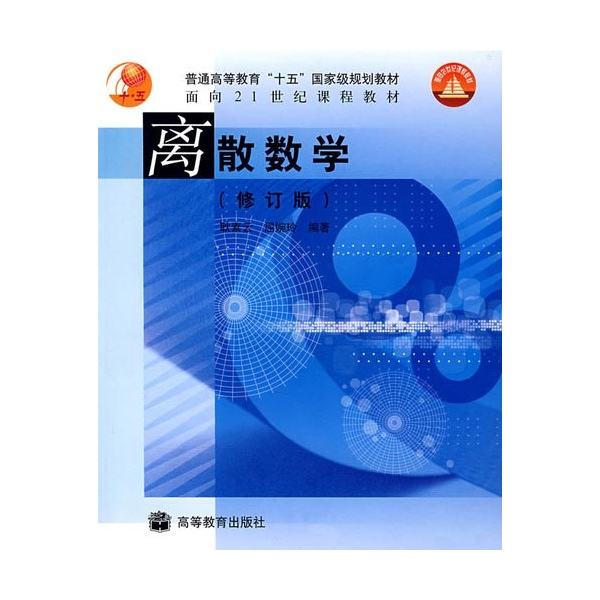A subset $\mathcal{C}\subseteq\{0,1,2\}^n$ is said to be a $\textit{trifferent}$ code (of block length $n$) if for every three distinct codewords $x,y, z \in \mathcal{C}$, there is a coordinate $i\in \{1,2,\ldots,n\}$ where they all differ, that is, $\{x(i),y(i),z(i)\}$ is same as $\{0,1,2\}$. Let $T(n)$ denote the size of the largest trifferent code of block length $n$. Understanding the asymptotic behavior of $T(n)$ is closely related to determining the zero-error capacity of the $(3/2)$-channel defined by Elias'88, and is a long-standing open problem in the area. Elias had shown that $T(n)\leq 2\times (3/2)^n$ and prior to our work the best upper bound was $T(n)\leq 0.6937 \times (3/2)^n$ due to Kurz'23. We improve this bound to $T(n)\leq c \times n^{-2/5}\times (3/2)^n$ where $c$ is an absolute constant.
翻译:暂无翻译




